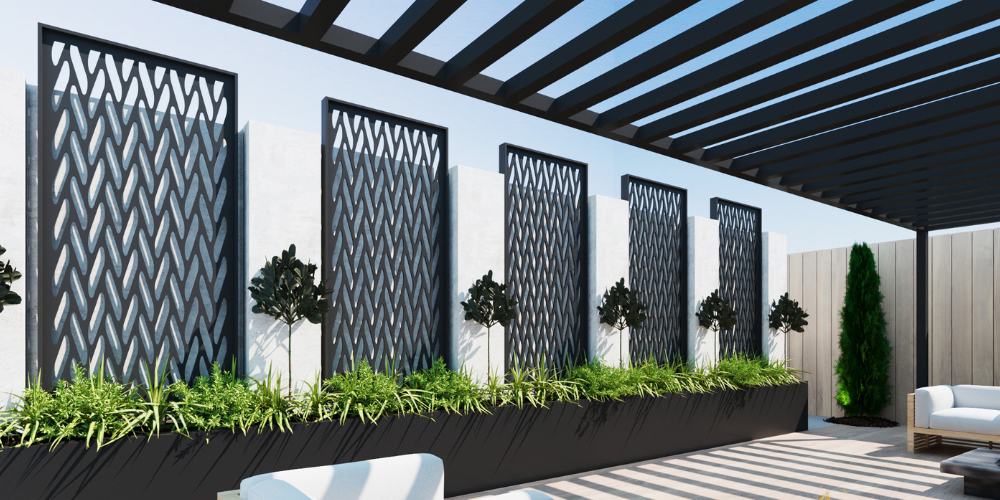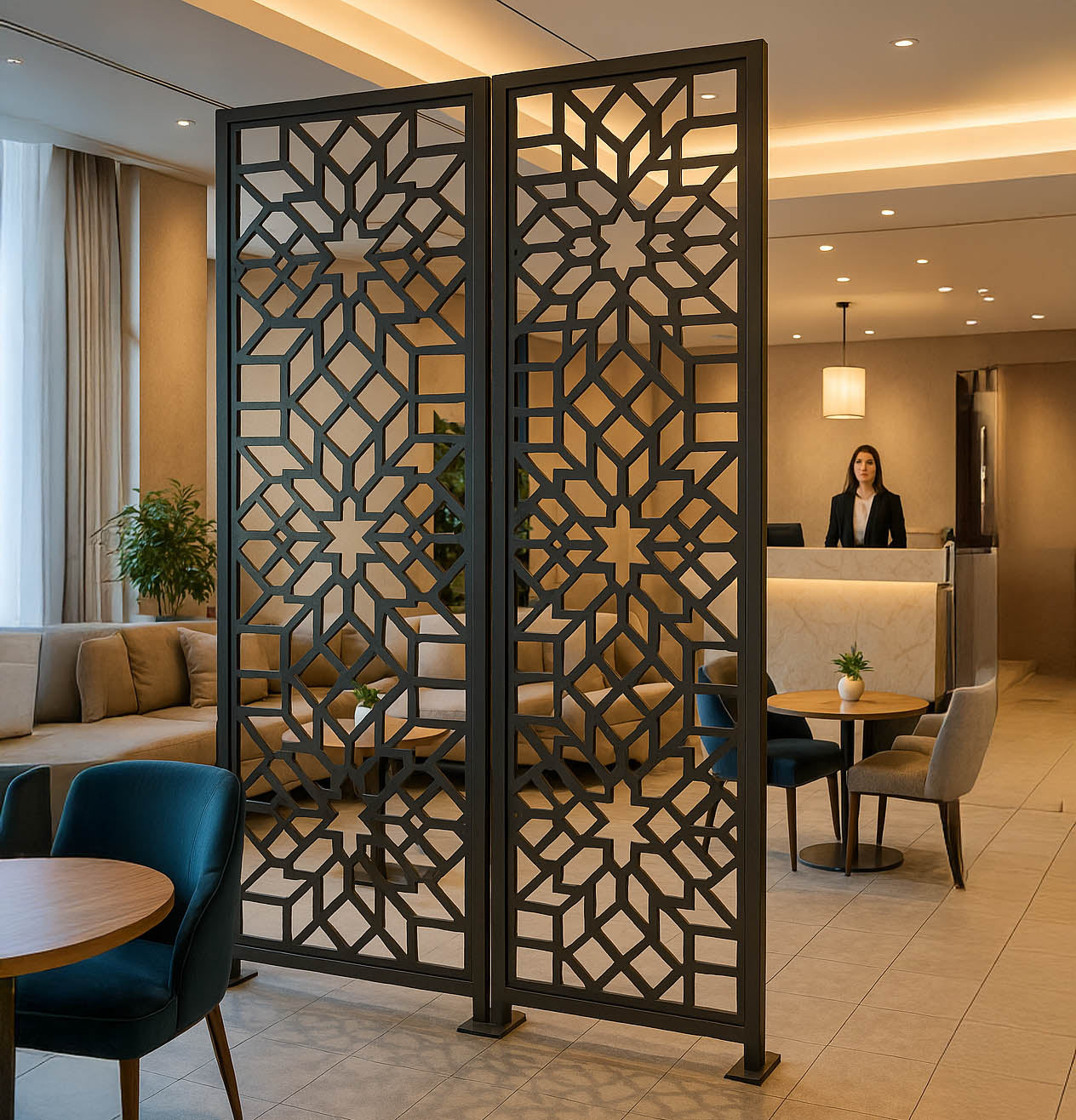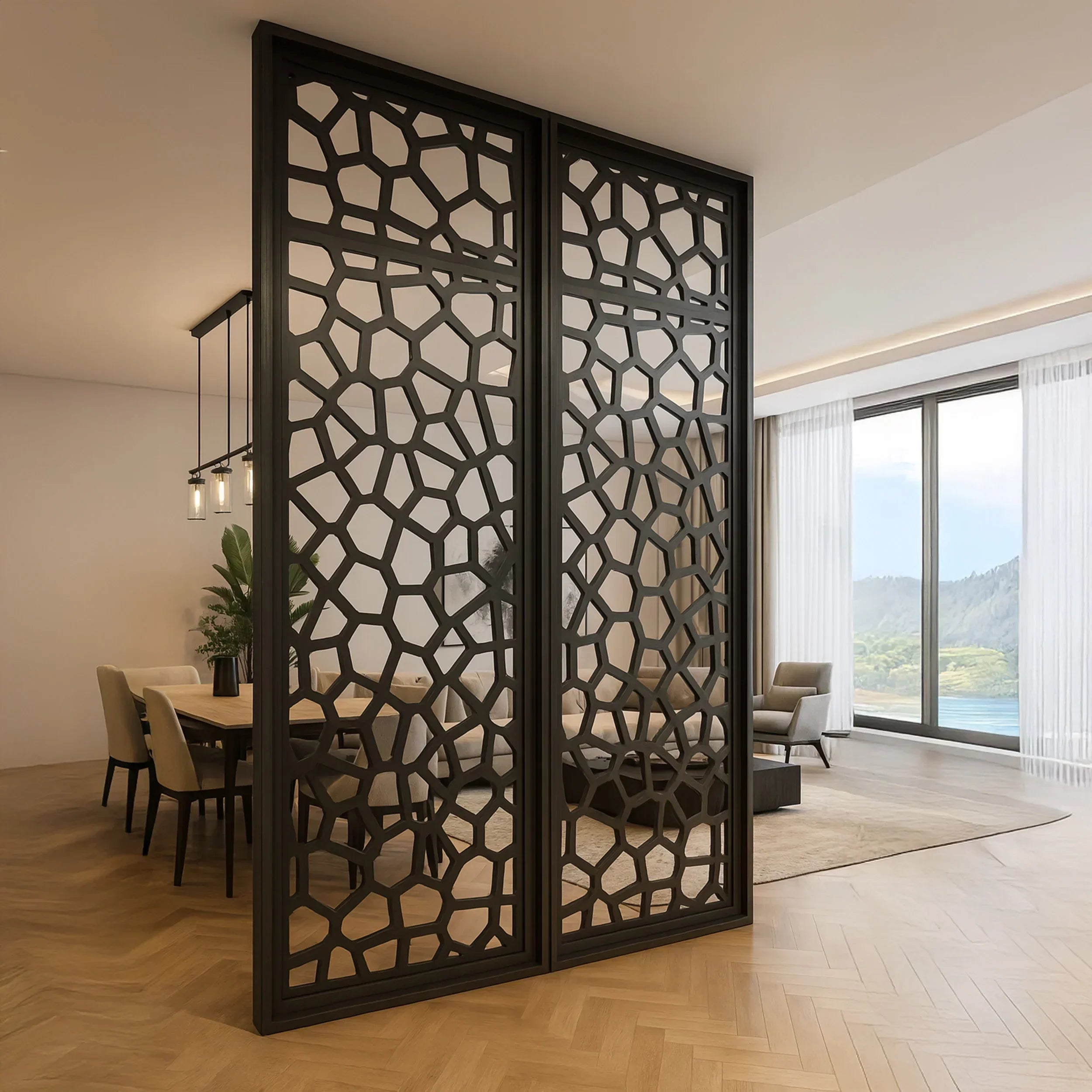Read This Before Buying a Garden Privacy Screen – What You Need to Know

A garden privacy screen can completely transform your outdoor space—but before you hit 'add to cart,' there are some key things to consider. From choosing the right material to understanding local weather impact, the right screen depends on more than just looks. This guide walks you through everything you should know before buying a garden screen so you can avoid common mistakes and make the best investment for your space.
Why Add a Garden Privacy Screen?
Privacy screens are used to create seclusion, define zones, block wind, and enhance the aesthetics of a yard or patio. With so many design options, from bamboo fencing to retractable patio screens, it’s important to understand your needs and limitations before selecting one.
Garden screens are also ideal for enhancing intimacy during outdoor gatherings, protecting your space from unwanted attention, and increasing property value by adding structure and visual interest. Especially in dense neighborhoods or shared outdoor environments, they can be essential for personal comfort and ambiance.
1. Know Your Purpose
Before you choose a style, define the main reason for installing a screen. Are you blocking neighbors’ views? Creating wind protection? Adding shade? Hiding clutter or HVAC units? Each purpose may call for a different type of screen.
For example:
- Use retractable screens for patio if you want flexibility.
- Choose decorative garden screens if design is a top priority.
- Go with bamboo fencing if you want a quick, natural solution.
- Try custom privacy panels if you're looking to blend design with functionality.
Having a clear goal helps narrow down your options quickly and ensures you invest in a screen that serves its purpose well.
2. Measure Before You Shop
Always measure your space before buying a garden screen. Take note of the height and width you need to effectively block the view or define a space. Many people buy screens that are either too short or too bulky, which compromises their effectiveness and aesthetic.
Use a tape measure to check dimensions and sketch a quick layout of where you want the screen to go. Don't forget to consider vertical clearance if you're working near awnings or trees.
If you’re unsure, go for modular outdoor privacy panels that can be expanded later or reconfigured based on your needs.
3. Choose Materials That Match Your Climate
Not all materials suit every environment:
- Wood (like cedar or redwood) is great for dry climates but needs regular sealing.
- Metal works well in all climates but may heat up in full sun.
- Composite and PVC panels are low-maintenance and perfect for wet or humid conditions.
- Bamboo fencing is eco-friendly but should be kept dry to prevent mold.
Material also influences style and longevity. For instance, composite screens may not offer the same organic look as wood, but they are a practical choice for busy homeowners who don’t want to worry about rot or maintenance.
4. Understand Maintenance Needs
Every material has different upkeep requirements:
- Wood panels need staining or sealing once a year.
- Metal screens should be checked for rust and cleaned regularly.
- Retractable screens need to be retracted in wind and storms to avoid damage.
Even PVC garden screens, though durable, should be washed occasionally to prevent mildew and discoloration. If ease of upkeep is important, composite or powder-coated aluminum panels are excellent low-maintenance options.
5. Think About Installation
Do you want something fixed, freestanding, or portable?
- Fixed panels offer the most stability but require drilling or anchoring.
- Freestanding options are easier to move and great for renters.
- Retractable options offer versatility for changing seasons or events.
If you're working on a deck or balcony, make sure you know what surfaces you can drill into. For renters or those looking for non-permanent solutions, screens with planter box bases or weighted feet offer easy installation without tools.
6. Match the Style to Your Garden
Choose a screen that fits the look and feel of your outdoor space. A modern patio pairs well with metal laser-cut panels, while a cottage garden looks beautiful with lattice screens covered in climbing plants. Neutral finishes and clean lines generally work well in most gardens.
If your space is more rustic or nature-inspired, opt for materials like natural wood or bamboo. For minimalist or urban designs, go with sleek aluminum or composite materials with geometric cutouts.
7. Budget for Accessories and Anchors
Sometimes a garden screen needs extra components to install safely or look complete—like mounting brackets, posts, planter boxes, or hardware. Make sure to factor these into your budget.
You might also want to budget for decorative additions such as:
- Solar-powered garden lights
- Hanging planters or vines
- Integrated seating or built-in storage
These extras can greatly enhance the functionality and aesthetics of your garden screen.
8. Compare Products Before Buying
Don’t buy the first thing you see. Compare:
- Size and modularity
- Weather resistance
- Material quality
- Return policies
Some screens are sold in individual panels while others come in sets or systems. Take time to read product descriptions and reviews, and request swatches or material samples when available.
Browse trusted suppliers like:
9. Plan for Multi-Use Designs
Some screens double as planters, trellises, or shade systems. These multi-functional pieces can help you save space and money while adding depth to your layout.
Planter screens are especially useful in urban spaces where every square foot counts. They can add greenery, create visual interest, and serve as privacy tools all in one structure.
10. Read Reviews and Ask Questions
Check customer reviews and product FAQs. Reach out to the seller with questions about installation, durability, or finishes. Reputable brands will provide details and help you choose the right model.
When possible, look at customer photos in reviews to see how screens look in real spaces. Don’t be afraid to reach out for installation tips or even request assembly instructions before purchase.
11. Check for Local Regulations or HOA Rules
If you live in a condo or have a Homeowners Association (HOA), you may need approval before installing a screen. Some communities restrict height, placement, or materials. Always check your local guidelines to avoid issues after purchase.
If you're unsure, consult with a neighbor or property manager before finalizing your purchase. It's easier to modify plans beforehand than redo the setup after complaints.
12. Think Long-Term
While price is a big factor, think beyond the short-term. A cheaper screen might need replacing sooner. Investing in quality materials or a custom design can save money and frustration in the long run.
Durability, weatherproof finishes, and design adaptability are all key for long-term satisfaction. A one-time investment in a custom privacy screen could provide 10+ years of use with minimal upkeep.
13. Visualize Before You Install
Sketch out your space or use online design tools to test how your screen will look. Will it block enough view? Will it cast shadows where you don’t want them? Visualizing helps you spot issues early and make smarter decisions.
You can also use masking tape or cardboard cutouts in your space to get a sense of how your chosen screen height and width will look in real life.
14. Think About Light and Shade
A screen may block more light than you realize. Consider how the sun moves through your yard during the day. Screens with gaps or cutouts offer partial privacy without sacrificing natural light.
If you’re concerned about too much shade, position screens strategically to filter light without darkening your entire garden. Alternatively, pair them with reflective surfaces or light-colored elements to brighten up shaded areas.
Final Thoughts
A garden privacy screen is more than just a divider—it’s an investment in comfort, design, and usability. By thinking ahead about size, materials, installation, and purpose, you’ll end up with a product that enhances your garden for years to come.
Avoid rushing into a purchase. Instead, evaluate your options, explore styles, and compare solutions. The right privacy screen not only shields your space but complements your lifestyle and enhances how you use your outdoors.
For handcrafted and customizable options, visit our CraftivaArt Room Divider Collection to get inspired.
Take your time, measure twice, and choose a screen that feels just right for your outdoor space.
Blog posts
Backyard Privacy Ideas for Luxury Homes in the USA
Create privacy that looks intentional, not improvised. This guide shares...
🛠 How to Install Your Indoor Privacy Panel: A Step-by-Step Guide
Installing your indoor privacy panel is easier than you think....
Creative Ways to Use Room Divider Screens in Small Apartments
Living in a small apartment doesn’t mean sacrificing style or...


